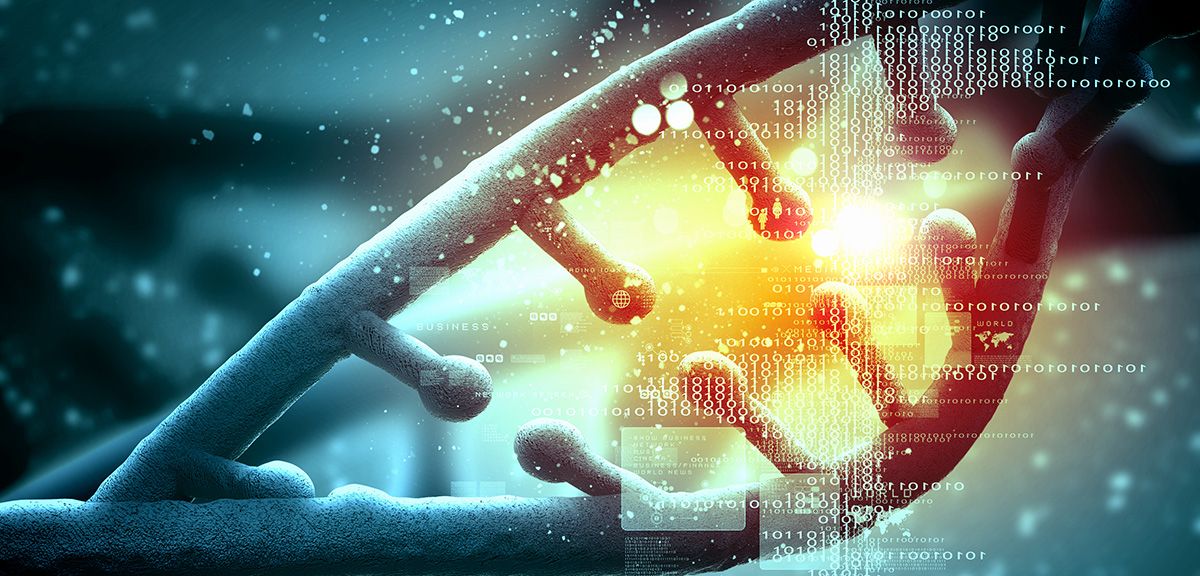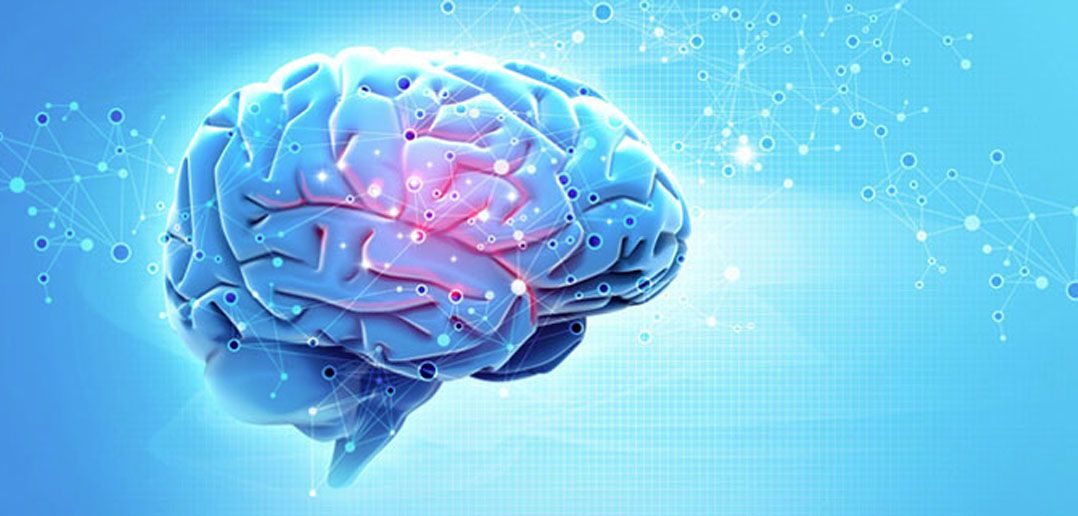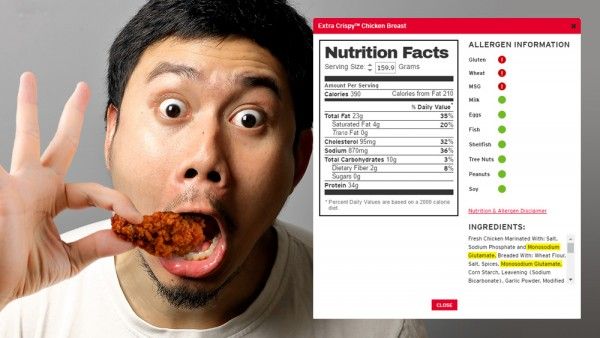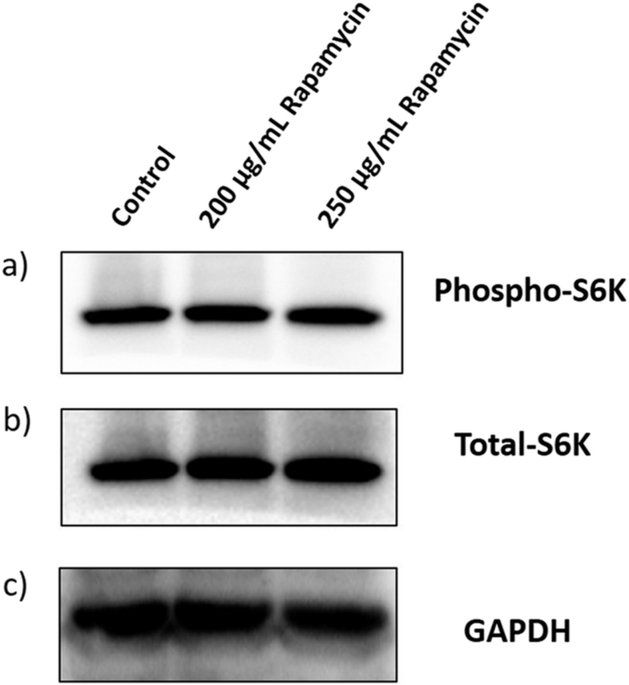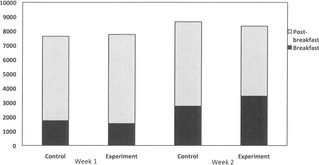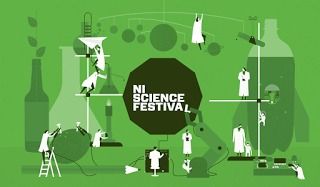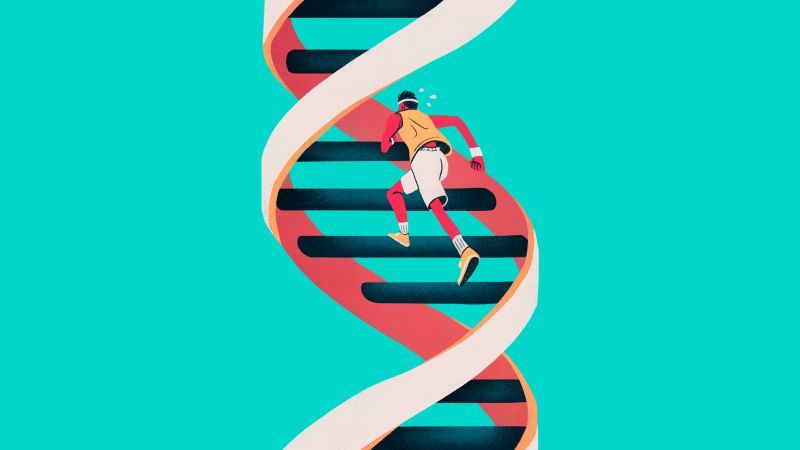Archive for the ‘food’ category: Page 292
Feb 26, 2017
The human brain makes fructose, researchers discover – here’s why that might be a big deal
Posted by Karen Hurst in categories: biotech/medical, food, neuroscience
Researchers at Yale University have discovered that the brain is capable of making fructose – a simple sugar, usually found in fruit, vegetables and honey.
Not all sugars are equal. Glucose is a simple sugar that provides energy for the cells in your body. Fructose has a less important physiological role and has been repeatedly linked to the development of obesity and type 2 diabetes. When there is excess glucose the processes that break it down can become saturated, so the body converts glucose into fructose instead, using a process known as the “polyol pathway”, a chemical reaction involved in diabetic complications. The researchers at Yale reported in the journal, JCI Insight, that the brain uses the polyol pathway to produce fructose in the brain.
Feb 26, 2017
Scientists test deep brain stimulation as potential anorexia therapy
Posted by Karen Hurst in categories: biotech/medical, food, neuroscience
Now this is what I am talking about when brain stimulation can treat disease and disorders were often better off.
LONDON: A small study in 16 people with severe anorexia has found that implanting stimulation electrodes into the brains of patients could ease their anxiety and help them gain weight.
Researchers found that in extreme cases of the eating disorder, the technique — known as deep brain stimulation (DBS) — swiftly helped many of those studied reduce symptoms of either anxiety or depression, and improved their quality of life.
Continue reading “Scientists test deep brain stimulation as potential anorexia therapy” »
Feb 25, 2017
Precision Agriculture Makes Farming More Sustainable, Profitable
Posted by Karen Hurst in categories: food, sustainability
Farmers have numerous sources of technology and data available to use in their operations, but many producers struggle with what kind and how much technology they need, according to an article on the University of Nebraska-Lincoln’s Institute of Agriculture and Natural Resources website.
Understanding which technologies and data sets are important and how to best use them is the focus of Joe Luck’s work as Nebraska Extension precision agriculture engineer.
“To me, precision ag has become a catchall term, but basically it refers to hardware and software systems that improve knowledge and decision support to make farming more manageable, sustainable and profitable,” said Luck, who also is an assistant professor of biological systems engineering.
Continue reading “Precision Agriculture Makes Farming More Sustainable, Profitable” »
Feb 23, 2017
KFC menu found to be loaded with MSG “excitotoxins” that can damage neurology
Posted by Karen Hurst in categories: food, health
(Natural News) KFC makes much of its “secret blend of herbs and spices,” but there’s a much simpler reason that people tend to find the flavor of the restaurant’s chicken so striking and find themselves craving more: All KFC chicken is literally marinated in MSG.
MSG, or monosodium glutamate, is an artificial salt designed to activate the “umami” taste receptors on the tongue that give food a full, savory flavor. Unlike naturally occurring glutamate, which is an amino acid found in foods such as anchovies, tomato paste, soy sauce, Worcestershire sauce and parmesan cheese, MSG has been connected with various health problems, with some individuals more sensitive than others.
Some of the dangers of MSG might stem from the fact that it is a highly concentrated form of glutamate, which is not only an amino acid but also a neurotransmitter. Such chemicals are known as excitotoxins, meaning that while they are beneficial in low doses, in high doses they can overstimulate neurons literally to death.
Continue reading “KFC menu found to be loaded with MSG ‘excitotoxins’ that can damage neurology” »
Feb 23, 2017
Ectopic expression of Arabidopsis Target of Rapamycin (AtTOR) improves water-use efficiency and yield potential in rice
Posted by Karen Hurst in category: food
How plants are teaching us about TOR proteins and their impacts on the pathways.
The target of Rapamycin (TOR) present in all eukaryotes is a multifunctional protein, regulating growth, development, protein translation, ribosome biogenesis, nutrient, and energy signaling. In the present study, ectopic expression of TOR gene of Arabidopsis thaliana in a widely cultivated indica rice resulted in enhanced plant growth under water-limiting conditions conferring agronomically important water-use efficiency (WUE) trait. The AtTOR high expression lines of rice exhibited profuse tillering, increased panicle length, increased plant height, high photosynthetic efficiency, chlorophyll content and low ∆13 C. Δ13 C, which is inversely related to high WUE, was as low as 17‰ in two AtTOR high expression lines. These lines were also insensitive to the ABA-mediated inhibition of seed germination. The significant upregulation of 15 stress-specific genes in high expression lines indica tes their contribution to abiotic stress tolerance. The constitutive expression of AtTOR is also associated with significant transcriptional upregulation of putative TOR complex-1 components, Os Raptor and OsLST8. Glucose-mediated transcriptional activation of AtTOR gene enhanced lateral root formation. Taken together, our findings indica te that TOR, in addition to its multiple cellular functions, also plays an important role in response to abiotic stress and potentially enhances WUE and yield related attributes.
Feb 23, 2017
A four-day Western-style dietary intervention causes reductions in hippocampal-dependent learning and memory and interoceptive sensitivity
Posted by Karen Hurst in categories: biotech/medical, food
Interesting find on hippocampus and ingestive control.
In animals, a Western style diet–high in saturated fat and added sugar–causes impairments in hippocampal-dependent learning and memory (HDLM) and perception of internal bodily state (interoception). In humans, while there is correlational support for a link between Western-style diet, HDLM, and interoception, there is as yet no causal data. Here, healthy individuals were randomly assigned to consume either a breakfast high in saturated fat and added sugar (Experimental condition) or a healthier breakfast (Control condition), over four consecutive days. Tests of HDLM, interoception and biological measures were administered before and after breakfast on the days one and four, and participants completed food diaries before and during the study. At the end of the study, the Experimental condition showed significant reductions in HDLM and reduced interoceptive sensitivity to hunger and fullness, relative to the Control condition. The Experimental condition also showed a markedly different blood glucose and triglyceride responses to their breakfast, relative to Controls, with larger changes in blood glucose across breakfast being associated with greater reductions in HDLM. The Experimental condition compensated for their energy-dense breakfast by reducing carbohydrate intake, while saturated fat intake remained consistently higher than Controls. This is the first experimental study in humans to demonstrate that a Western-style diet impacts HDLM following a relatively short exposure–just as in animals. The link between diet-induced HDLM changes and blood glucose suggests one pathway by which diet impacts HDLM in humans.
Citation: Attuquayefio T, Stevenson RJ, Oaten MJ, Francis HM (2017) PLoS ONE 12: e0172645. doi:10.1371/journal.pone.0172645
Feb 21, 2017
NI Science Festival
Posted by Karen Hurst in categories: biological, computing, food, neuroscience, quantum physics, science, space
Combines, space, poetry, optics, stories, TV, cognitive computing, atomic food safety, astrophysics and quantum biology in a fun-packed programme for everyone.
Feb 20, 2017
The Next Pseudoscience Health Craze Is All About Genetics
Posted by Aleksandar Vukovic in categories: biotech/medical, food, genetics, health
Husar, a 38-year-old telecom salesman, had spent most of his life eating the sort of Eastern European fare typical of his native Ukraine: lots of meat, potatoes, salt and saturated fats. DNA Lifestyle Coach suggested his body might appreciate a more Mediterranean diet instead.
Recently, Vitaliy Husar received results from a DNA screening that changed his life. It wasn’t a gene that suggested a high likelihood of cancer or a shocking revelation about his family tree. It was his diet. It was all wrong.
Feb 15, 2017
Harvard and M.I.T. Scientists Win Gene-Editing Patent Fight
Posted by Carse Peel in categories: biotech/medical, food, genetics
The Broad Institute in Cambridge, Mass., will retain potentially lucrative rights to a powerful gene-editing technique that could lead to major advances in medicine and agriculture, the federal Patent and Trademark Office ruled on Wednesday.
The decision, in a bitterly fought dispute closely watched by scientists and the biotechnology industry, was a blow to the University of California, often said to be the birthplace of the technique, which is known as Crispr-Cas9.
An appeals board of the patent office ruled that the gene-editing inventions claimed by the two institutions were separate and do not overlap.
